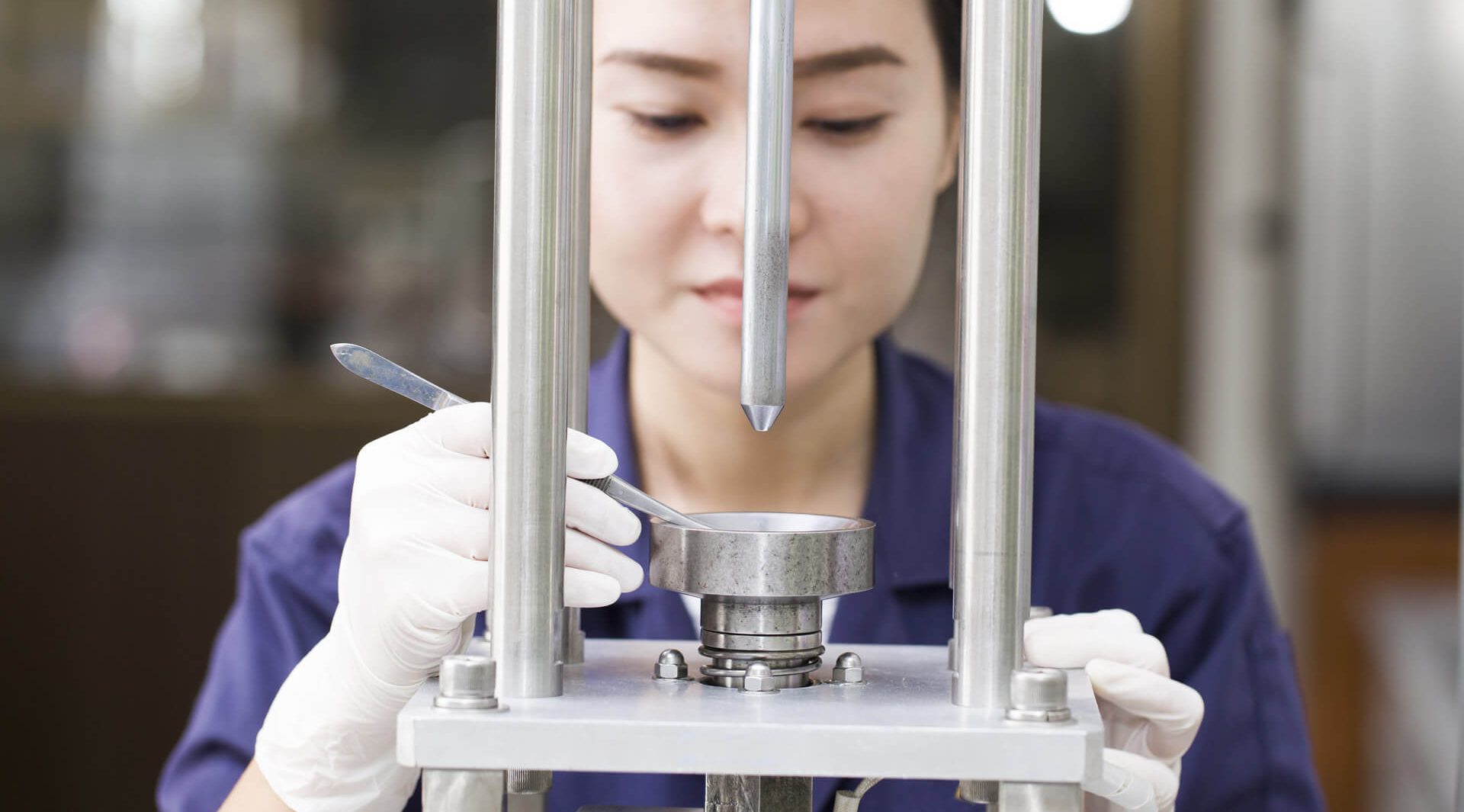No products in the cart.
Return To ShopA Guide to Charpy Testing: What You Need to Know
In the world of materials testing, understanding the toughness of a material is crucial for determining its reliability and performance under stress. Charpy Impact Testing, often referred to as the Charpy V-notch test, is a key method for evaluating a material’s toughness, especially in the face of sudden impacts. Here’s a comprehensive guide to what Charpy testing is, how it works, and why it matters.
What Is Charpy Testing?
Charpy testing measures a material’s ability to absorb energy during a high-velocity impact, providing valuable insights into its toughness. It is particularly useful for assessing materials used in critical applications such as construction, automotive, aerospace, and energy sectors.
The test was named after Georges Charpy, who developed the method in the early 20th century. It remains a standard in material testing worldwide.
How Does the Charpy Test Work?
- Sample Preparation
- A standard Charpy specimen is a rectangular bar with a specific V-shaped notch machined into it.
- The notch acts as a stress concentrator, simulating a flaw or defect in the material.
- Testing Procedure
- The sample is mounted horizontally on supports in a testing machine.
- A pendulum hammer is released from a set height, striking the specimen opposite the notch.
- Energy Absorption Measurement
- The pendulum swings through the specimen, breaking it in two.
- The machine measures the energy absorbed by the material during fracture, recorded in joules.
Interpreting Charpy Test Results
The amount of energy absorbed indicates the material’s toughness:
- High Energy Absorption: Indicates a ductile material that deforms before breaking.
- Low Energy Absorption: Indicates a brittle material prone to sudden failure.
Results are often analyzed under different temperatures to assess how the material’s toughness changes in varying conditions.
Applications of Charpy Testing
- Material Selection
- Engineers use Charpy tests to select materials suitable for applications requiring high impact resistance.
- Quality Control
- Manufacturers ensure that their products meet safety and performance standards through regular Charpy testing.
- Failure Analysis
- In cases of structural failure, Charpy tests help determine if brittle materials or improper material selection contributed to the issue.
Advantages of Charpy Testing
- Quick and Efficient: Provides rapid results for assessing material toughness.
- Cost-Effective: A relatively inexpensive method compared to other fracture toughness tests.
- Versatile: Applicable to a wide range of materials, including metals, plastics, and composites.
Why Choose METSUCO for Charpy Testing?
At METSUCO, we provide high-quality Charpy testing equipment and services tailored to meet industry standards. Our expertise ensures precise and reliable results, helping you make informed decisions about material performance and safety.
With decades of experience in the materials testing industry, METSUCO is your trusted partner for all your metrology and testing needs.
Conclusion
Charpy testing is an invaluable tool for understanding material behavior under sudden impact conditions. By identifying a material’s toughness, this test helps industries ensure safety, durability, and reliability in their applications.
Ready to enhance your material testing capabilities? Contact METSUCO today to learn how our Charpy testing solutions can benefit your business.

